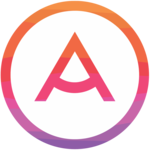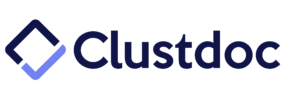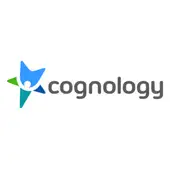Why Small Businesses Need Employee Onboarding Software
Unlike large corporations with dedicated HR teams, small businesses often have limited resources for managing the hiring and onboarding process. Relying on manual paperwork, scattered email chains, and verbal instructions can lead to delays, confusion, and even compliance issues.
Onboarding software solves these problems in several ways. It automates paperwork, allowing new hires to complete tax forms, contracts, and company policies online before their first day. It also provides structured training, ensuring every employee follows a consistent process, which reduces errors and miscommunication. Most importantly, it improves the employee experience by creating a smooth, well-organized onboarding process that helps new hires feel valued and ready to contribute from day one.
How Onboarding Software Benefits Small Business Owners And Employees
A well-organized onboarding process sets the tone for new employees and helps small businesses operate more efficiently. Employee onboarding software allows small business owners to automate paperwork, create a structured training process, and ensure every new hire starts with clarity and confidence. It also provides employees with a smooth onboarding experience, making it easier for them to get started and understand their roles. If you want to save time, improve employee retention, and make onboarding stress-free, investing in the right software is the best decision for your growing business.
How To Choose The Best Onboarding Software For Your Small Business
Not all onboarding software is designed for small businesses. Here's what to look for when choosing the right solution:
- Affordability: Does it offer budget-friendly pricing, free trials, or a pay-as-you-go model?
- Ease of Use: Can non-HR professionals navigate the software without extensive training?
- Scalability: Can it grow with your business as you hire more employees?
- Integration: Does it connect with your existing payroll, benefits, or HR tools?











